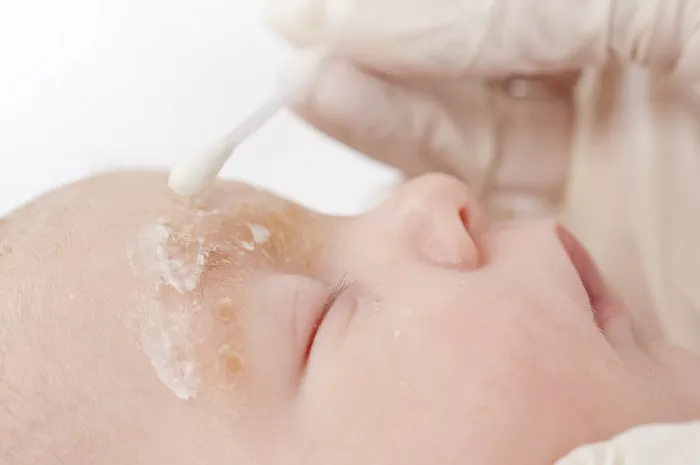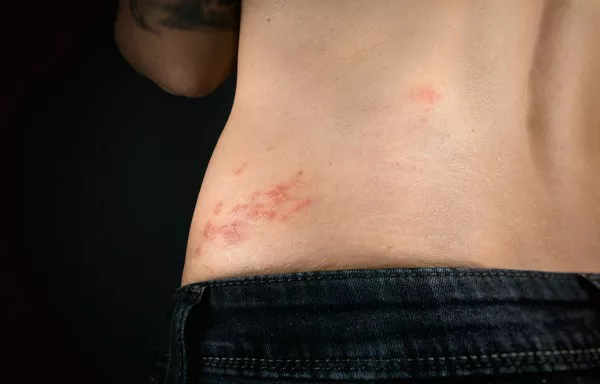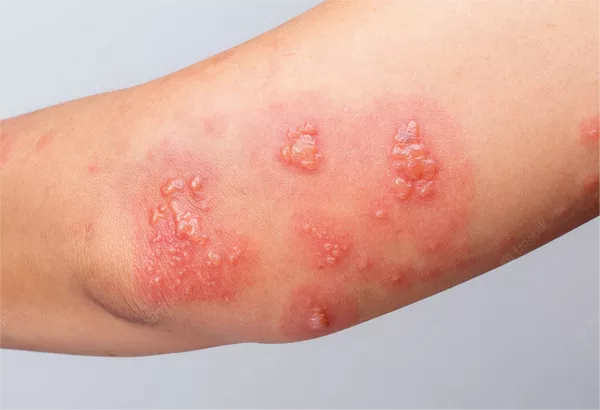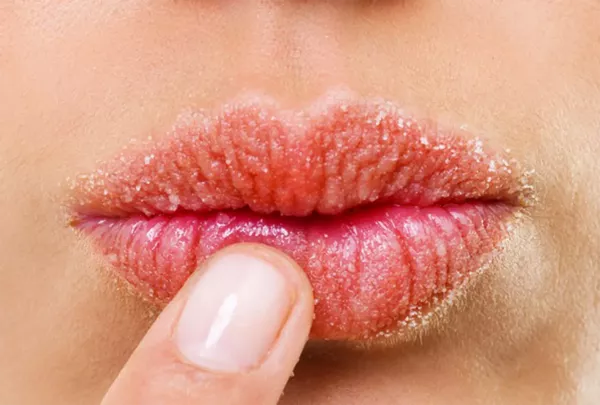Dermatitis is a condition that causes inflammation and irritation of the skin. It can be uncomfortable and may affect a person’s quality of life. Fortunately, various treatments are available to manage and reduce the symptoms of dermatitis. This article will provide a detailed explanation of dermatitis, its types, and the treatment options available.
Understanding Dermatitis
Dermatitis refers to skin conditions where the skin becomes inflamed, red, and sometimes itchy. There are different types of dermatitis, each with its own causes and symptoms. The treatment for dermatitis depends on the type and severity of the condition.
Types of Dermatitis
Atopic Dermatitis (Eczema): Atopic dermatitis, commonly known as eczema, is one of the most common types of dermatitis. It usually begins in childhood and can cause red, itchy, and inflamed skin. The exact cause is unknown, but it is believed to be linked to genetic factors and environmental triggers.
Contact Dermatitis: Contact dermatitis occurs when the skin comes into contact with an irritant or allergen. This can cause redness, itching, and swelling. There are two types of contact dermatitis:
- Irritant Contact Dermatitis: Caused by exposure to harsh chemicals or substances.
- Allergic Contact Dermatitis: Caused by an allergic reaction to substances like poison ivy or certain metals.
Seborrheic Dermatitis: Seborrheic dermatitis affects areas of the skin that have a high concentration of sebaceous (oil) glands, such as the scalp, face, and chest. It leads to flaky, oily, or greasy patches on the skin. It is often linked to fungal infections and can worsen during times of stress.
Nummular Dermatitis: Nummular dermatitis presents as round or oval-shaped patches of irritated skin. It can be triggered by dry skin, insect bites, or an allergic reaction. It is often associated with seasonal changes, with flare-ups occurring during cold weather.
Stasis Dermatitis: This type of dermatitis occurs due to poor circulation, often in the lower legs. It is common in people with varicose veins or other circulatory problems. Symptoms include redness, swelling, and scaling of the skin.
Symptoms of Dermatitis
The symptoms of dermatitis can vary depending on the type of dermatitis, but common signs include:
- Redness or rash on the skin.
- Itching or discomfort.
- Dry, scaly, or cracked skin.
- Swelling or inflammation.
- Blisters or oozing sores in some cases.
If left untreated, dermatitis can cause secondary skin infections or scarring.
General Approach to Dermatitis Treatment
Treating dermatitis aims to reduce inflammation, alleviate symptoms, and prevent flare-ups. The treatment plan will vary depending on the type, severity, and underlying cause of the dermatitis. Here are some general strategies for managing the condition.
1. Moisturizing the Skin
One of the most important aspects of treating dermatitis is keeping the skin hydrated. Dry skin is more prone to irritation and flare-ups. Applying a good moisturizer regularly helps to lock in moisture and keep the skin barrier intact.
Use Fragrance-Free Moisturizers: Choose moisturizers that are free of fragrances, dyes, and other harsh ingredients.
Apply Immediately After Bathing: For best results, apply moisturizer immediately after bathing, while the skin is still damp. This helps to seal in moisture.
Choose Thick Creams or Ointments: Thick creams or ointments are usually more effective than lotions for treating dry, inflamed skin.
2. Avoiding Triggers
Understanding and avoiding triggers is essential for managing dermatitis. Different types of dermatitis have different triggers, but common irritants include:
Harsh Soaps and Detergents: Many soaps and cleaning products contain chemicals that can irritate the skin. Opt for gentle, unscented soaps and detergents.
Allergens: For individuals with allergic contact dermatitis, avoid exposure to allergens such as certain metals, plants, or fragrances.
Environmental Factors: Cold weather, dry air, or heat can worsen symptoms of dermatitis. Protect the skin from extreme weather conditions by wearing appropriate clothing.
3. Topical Steroids
Topical corticosteroids are commonly prescribed for treating inflammation and reducing symptoms of dermatitis. These steroids work by suppressing the immune response and reducing redness, swelling, and itching.
Low-potency Steroids: Mild steroids may be used for mild cases of dermatitis, especially on sensitive areas like the face.
High-potency Steroids: Stronger steroids are prescribed for more severe flare-ups. However, they should only be used under the guidance of a healthcare provider, as prolonged use can cause side effects.
Use as Directed: It is important to follow the instructions carefully when using topical steroids. Overuse can lead to side effects such as thinning of the skin.
4. Topical Calcineurin Inhibitors
Topical calcineurin inhibitors (TCIs) are non-steroidal medications that help to reduce inflammation by suppressing the immune response. These medications are often prescribed when steroids are not effective or when long-term use of steroids is not recommended.
Tacrolimus (Protopic) and Pimecrolimus (Elidel): These medications are commonly used for atopic dermatitis and can be a good alternative to steroids. However, they should be used under a healthcare provider’s supervision, especially in children.
5. Antihistamines for Itching
Itching is a common symptom of dermatitis, and antihistamines can help reduce the urge to scratch. These medications work by blocking histamine, a substance that is released during allergic reactions and causes itching.
Oral Antihistamines: Over-the-counter antihistamines such as diphenhydramine (Benadryl) can help relieve itching.
Topical Antihistamines: Some creams and lotions contain antihistamines that can be applied directly to the affected areas.
6. Antifungal Treatments
For conditions like seborrheic dermatitis, where a fungal infection may play a role, antifungal treatments can be beneficial. These treatments help to control the yeast overgrowth and reduce symptoms like flaky, greasy patches.
Antifungal Creams or Shampoos: Over-the-counter antifungal creams or medicated shampoos can be used to treat seborrheic dermatitis, especially on the scalp.
Prescription Medications: For more severe fungal infections, a healthcare provider may prescribe stronger antifungal medications.
7. Wet Dressings
In severe cases of dermatitis, wet dressings may be recommended to help soothe the skin and speed up the healing process. This involves applying a wet cloth to the affected area and then covering it with a dry layer to keep the moisture in.
Soothing Effect: Wet dressings can help cool and calm the skin, especially during flare-ups.
Hydration: They also provide additional hydration to dry, cracked skin, promoting faster healing.
8. Phototherapy
For moderate to severe cases of eczema and other forms of dermatitis, phototherapy (light therapy) may be an effective treatment. This treatment involves exposing the skin to ultraviolet (UV) light under the supervision of a healthcare provider.
UVB Therapy: UVB light can help reduce inflammation and promote healing in the skin.
Controlled Treatment: Phototherapy is typically performed in a clinical setting, where the amount of exposure is carefully controlled to avoid damage to the skin.
9. Systemic Medications
In cases where topical treatments are ineffective, systemic medications may be needed to manage severe dermatitis. These medications work throughout the body to control inflammation.
Oral Steroids: For short-term flare-ups, oral corticosteroids may be prescribed to reduce severe inflammation.
Immunosuppressants: Drugs like methotrexate or cyclosporine can be used to suppress the immune system and prevent the overactive immune response seen in dermatitis.
10. Lifestyle Changes and Home Remedies
In addition to medical treatments, certain lifestyle changes and home remedies can help manage dermatitis.
Bathing Tips: Take lukewarm baths with oatmeal or baking soda to soothe irritated skin. Avoid hot water, as it can dry out the skin.
Gentle Skincare: Use gentle, unscented skin care products. Avoid harsh exfoliants or skin treatments that could irritate the skin further.
Healthy Diet: A balanced diet rich in antioxidants and omega-3 fatty acids can help support skin health and reduce inflammation.
Conclusion
Dermatitis is a common skin condition that can be managed with the right treatments. By understanding the type of dermatitis you have and working with a healthcare provider, you can develop a treatment plan that helps control the symptoms and prevent flare-ups. Moisturizing, avoiding triggers, using topical treatments, and considering systemic medications are all important strategies for managing dermatitis. If you suspect you have dermatitis, seek advice from a healthcare provider to ensure proper diagnosis and treatment.
Related topics
























